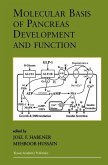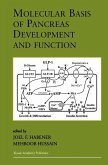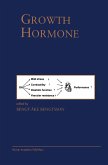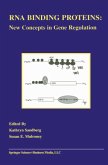Aaron I. Vinik, M.D., Ph.D. I IEastem Virginia Medical School The Diabetes Institutes Norfolk, Virginia 23510 This symposium, held in June 1991, was a gathering of international scientists to exchange their views on current concepts of cell growth and differentiation. Each scientist was asked to present a topic of their research related to cell growth and regeneration and to participate in a round table conference elaborating on current knowledge and sharing their experiences. By furthering this promising area of endeavor, a means of understanding ontogeny of cell development and of providing insights into tumor biology would prevail. Of prime importance was the anticipation that new information from a better understanding of the normal evolution of the pancreatic islet would generate alternative approaches to curing diabetes. This forward serves as a short introduction to the concept of pancreatic islet regeneration and the models currently in use to study the process. DEVELOPMENTAL ORIGIN OF ISLETS DURING EMRYOGENESIS The developing pancreas appears as a protrusion from the dorsal surface of the l embryonic gut. The different islet cell types appear sequentially during development in vivo. It therefore seems reasonable to propose that coordinated growth is dependent upon specificity of growth factors.








